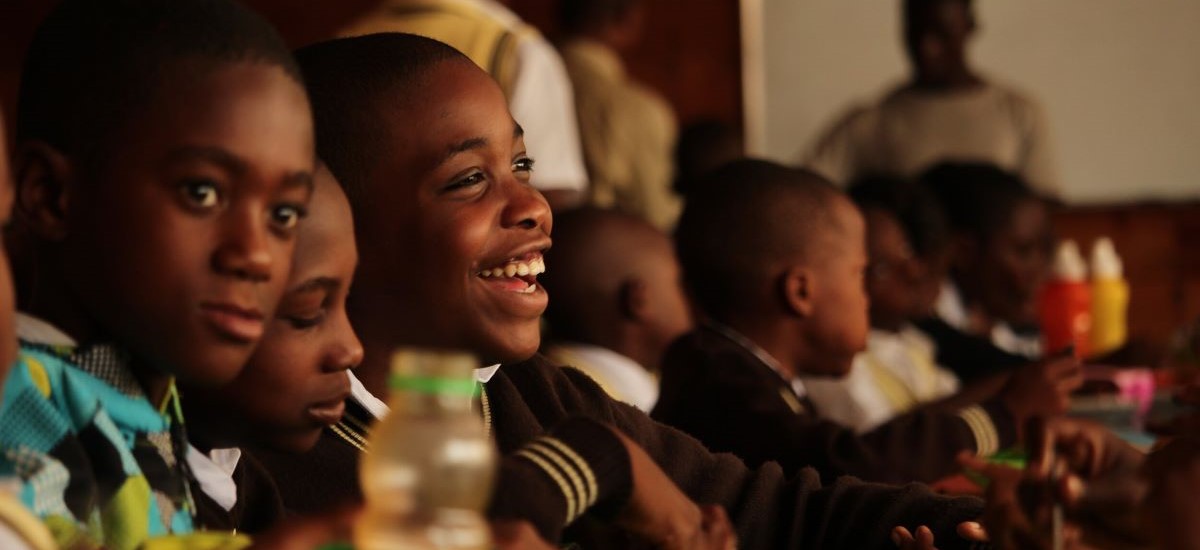The year 2023 has gone into the annals of history. The forecast for 2024 has started surfacing from multilateral bodies, rating agencies, and think tanks. A few predictions on Africa are already in the public domain, and another set of forecasts is expected any time from now.
Without questioning the modalities of formulating such forecasts and their relevance, there can be several grey areas built into these predictions. Most often, vectors fail to take cognizance of the ground-level situation. For instance, the prediction of the Economist Intelligence Group for Africa in 2024 states that the continent will be the second fastest-growing region in the year unfolding, behind Asia, where the growth will be propelled by two continental economies, China and India. The GDP growth will be upended at 3.2% in 2024 as against 2.3% in 2023. While evolving this premise, two factors would have been possibly overlooked. One, the sluggish growth of the previous year (2023) for most of the economies in the region, and two, low bases of growth of the constituent countries in the region.
2023 was a lean year of growth crippled by several factors including inflation triggered partly by high commodity prices, particularly of food grains due to the Russia-Ukraine conflict and the continuing lag effect of the Covid-19 pandemic. With these negative trends bottoming out, the year 2024 can throw up positive macroeconomic numbers due to the base effect. Therefore, a more prudent approach should have been comparing the likely numbers with the pre-Covid year, say 2019. Our view is that the growth in the region will likely fall short of predictions, if 2019 is the base year, giving an approximation of what the new year has in store.
The second fault line is regarding the growth projections of the countries in the region. According to EIU projections, 12 countries in the region including Senegal, Libya, Ivory Coast, Benin, Uganda, Togo, Ethiopia, and Tanzania are growth pushers. Excepting Ethiopia and Tanzania, the rest are economies characterized by a smaller monetized GDP base. For that matter, the projected percentage growth may be higher again due to the effect, pushing up the average growth rate of the overall GDP of the region. Also, larger economies like Nigeria, South Africa, Egypt, and Kenya are still not out of the woods in their growth prospects. Predictions are that these major economies may take a longer time to shed their sluggish growth trends.
Four critical factors that can bail out Africa in the coming year and reverse the sluggishness are the reining of inflation, arresting the steady erosion of values of local currencies, addressing mounting debt, and ensuring political stability. Creeping inflation in countries like Nigeria, South Africa, Kenya, Ghana, Zimbabwe, etc have to be addressed since they have gone much beyond tolerable limits. Also, they will have to depend on external sources to readjust and recalibrate their debt overhang. That is crucial and has to be carried out in the right way since a third country -Ethiopia- has joined the league of debt defaulters after Zambia and Ghana. Will that comfort come forth when the global capital flows are still at a low ebb?
How creditors including China have sulked in bailing out Zambia, which fell into the default zone first is there to see. Tunisia, where pain points in the economy are evident, is also refusing to reform, despite cajoling by multilateral agencies and developed countries including the US. Reasons for developing cold feet may be political; but one cannot wish away such trends from economies like South Africa, which will go to polls during the year and will shy away from taking unpopular decisions like cutting down subsidies and privatization of enterprises to make them lean and mean.
All countries in the region are on the cusp of an energy transition to ward off the ill effects of climate change. The assured commitment from the developed world to support and facilitate the transition to clean energy and lesser use of fossil fuel is fraught with delays. African leaders openly express their anguish and concern about such delays. How soon that committed funds will flow in is seemingly a difficult task to predict. Yet, political leaders in the region are refusing to draw up an alternative narrative to cope with the situation under the umbrage of the African Union and African Development Bank, if the promises by “biggies” remain only in paper and rhetoric.
Significantly, there is a pick-up in industrial and services growth in some countries riding on the back of the recovery of the tourism and hospitality sector and construction industry. Countries like Egypt, Seychelles, Mauritius, and Kenya have reported a huge recovery in these sectors. Yet, these sectors may take a little more time to clock the pre-Covid growth trend and to generate employment to absorb teeming millions.
AfCFTA has to take center stage in the overall development of the region, which needs a Pan-Africa approach rather than a regimented one. The focus on agriculture by the continent having the largest land mass is a welcome change. Foreign exchange spent on food imports by all countries in the region adds up to a quite tidy sum. However, policy parameters have to go beyond a mere statement of intention. Universal education, child care, and women’s empowerment have to be treated as the bulwark of economic development and emancipation and not a by-product of development.
Last but not least, there is an increasing ideological polarisation taking place in the continent. While the need for democratic norms is voiced in high decibels, there is an increasing number of countries getting trapped in totalitarian regimes. Even where democracy is the norm, electoral politics is manipulated to stay in power. Can Africa fulfill its desire for a political union by 2063, if leaders talk like in the House of Babel?
The year 2024 can be a game changer or just like another year for Africa. What makes the difference is the approach of its leaders and civil society.





